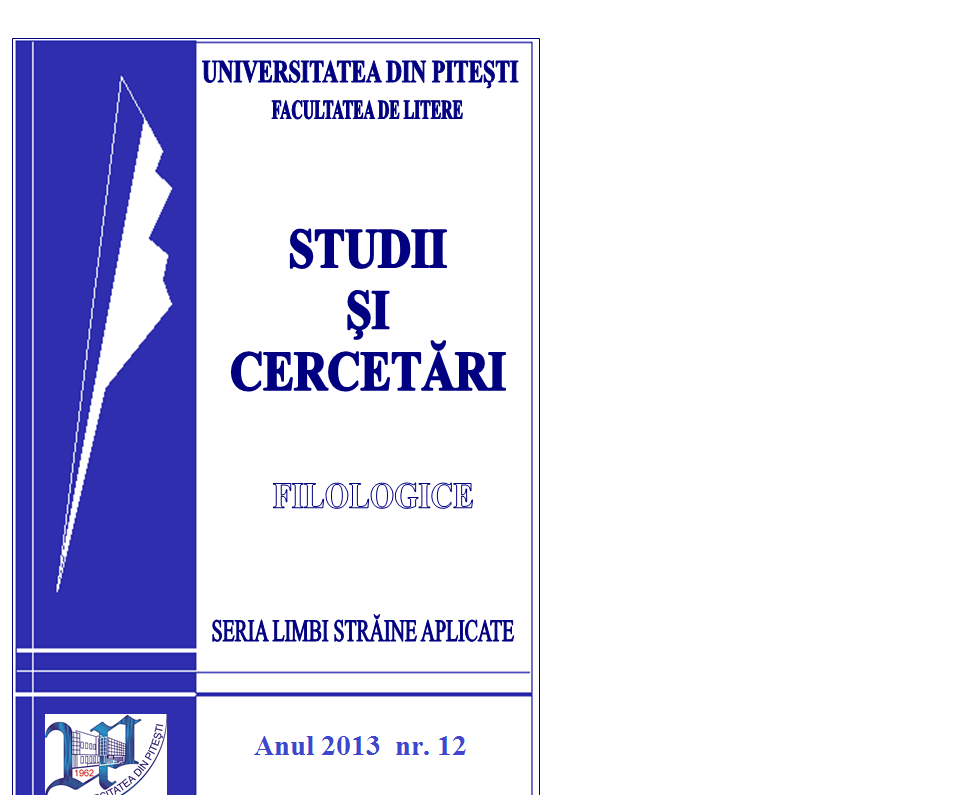ON THE RELATIONSHIP BETWEEN TOPONYMY AND
LINGUISTICS
LA RELATION ENTRE LA LINGUISTIQUE ET LA
TOPONYMIE
Author(s): Oana- Maria Poenaru (Girigan)Subject(s): Language and Literature Studies
Published by: Editura Universităţii din Piteşti
Keywords: toponymy. linguistics. toponymic structures. descriptive toponyms. appellatives. anthroponyms.
Summary/Abstract: The purpose of our paper is to demonstrate that toponymy is a science that studies place names both by considering the relationship they maintain with the geographic objects they individualize by naming, and by researching their significance, etymology and changes (phonetic, semantic, morphosyntactic and onomasiological) that occured along their history within the process of denomination. The approach of the place names we quote (e. g. ‘Obcina Bătrână’) include the synchronic and the diachronic criteria, that complement each other. This assertion is supported by the fact that synchronic toponymy describes the situation at a certain point in time, i. e. in the present stage of functionning and existence of place names, whereas diachronic toponymy researches the evolution of facts and phenomena. We have analyzed the toponyms that we quote in our paper according to a series of concepts that were proposed and theorized by Dragoş Moldovanu (1972: 73-100) (such as ‘toponymic field’, ‘polarization’ and ‘differentiation’), concepts that aim both at emphasizing the relationship between the name and the extralinguistic object it designates, and at presenting the significance, etymology and changes the toponyms underwent in time within the denomination process. We have also intended to prove that common names and place names do not exclude each other, but develop a relationship of reciprocity in spite of certain semantic, derivational and grammatical peculiarities that separates them. Some place names are entopic (descriptive toponyms), while there are other that come from anthroponyms (personal toponyms). The linguistic material (toponyms we quote in the paper) was obtained from field surveys (in the upper basin of the river Bistriţa), from the investigation conducted on historical and geographic documents, and also from the information we received from the surveyed individuals that mostly concerns the way certain place names appeared and changed in time.
Journal: Studii şi cercetări filologice. Seria Limbi Străine Aplicate
- Issue Year: 2013
- Issue No: 12
- Page Range: 95-102
- Page Count: 8
- Language: English

